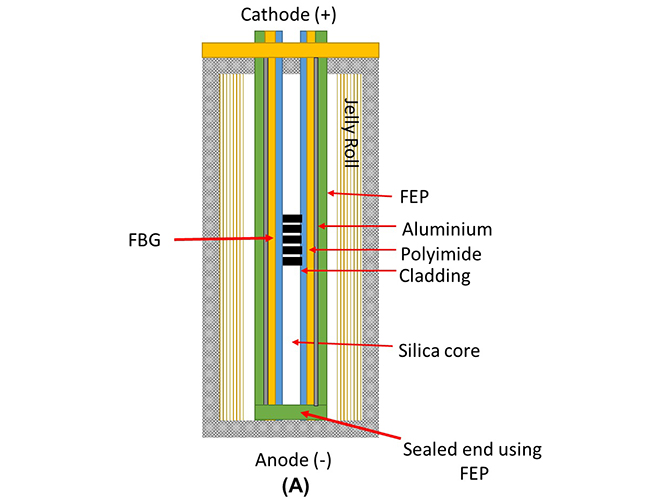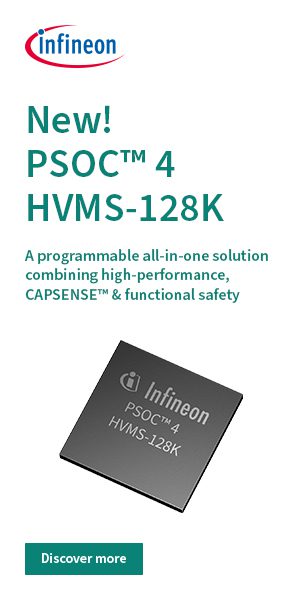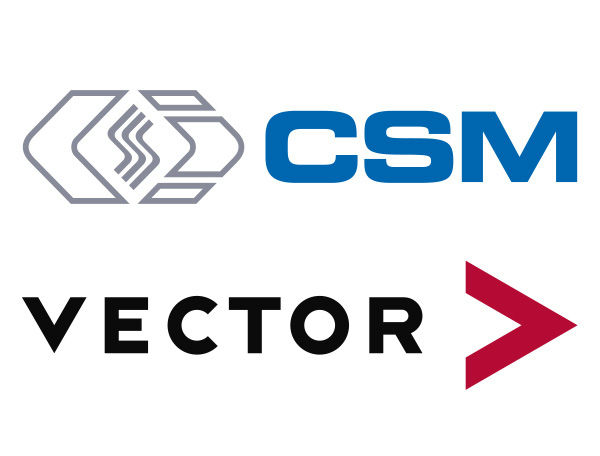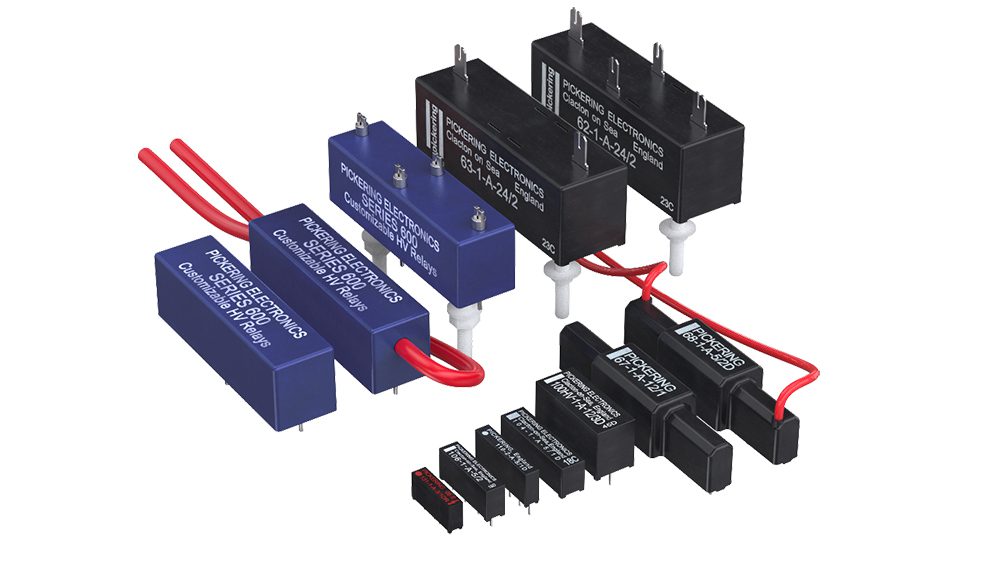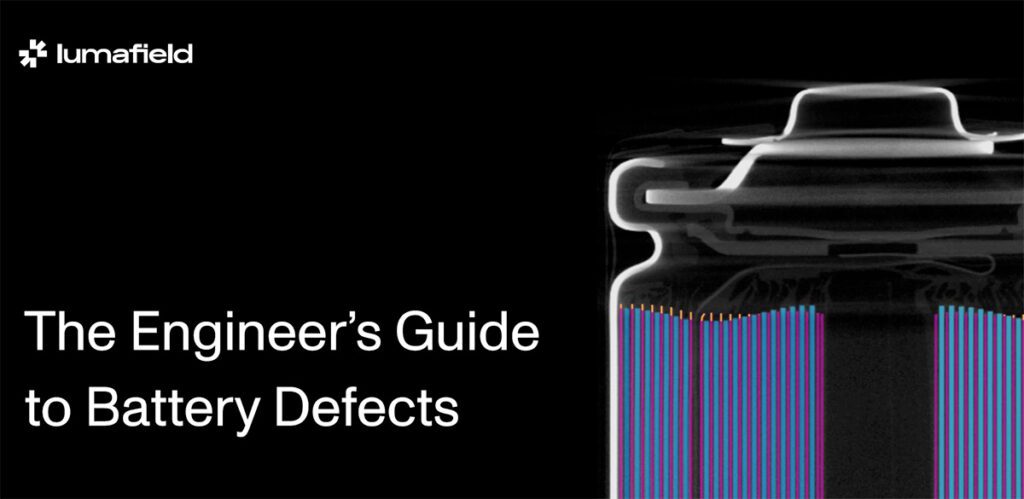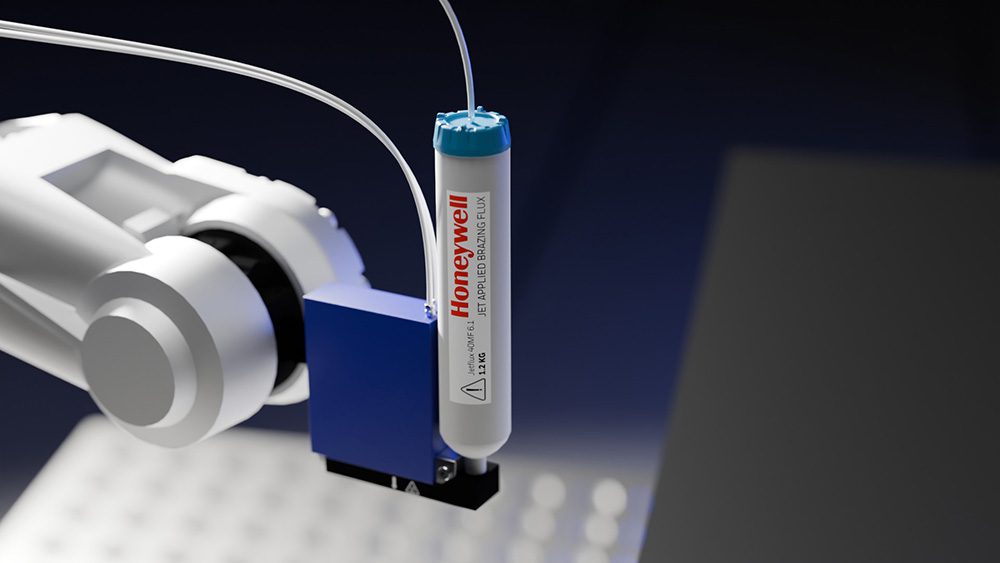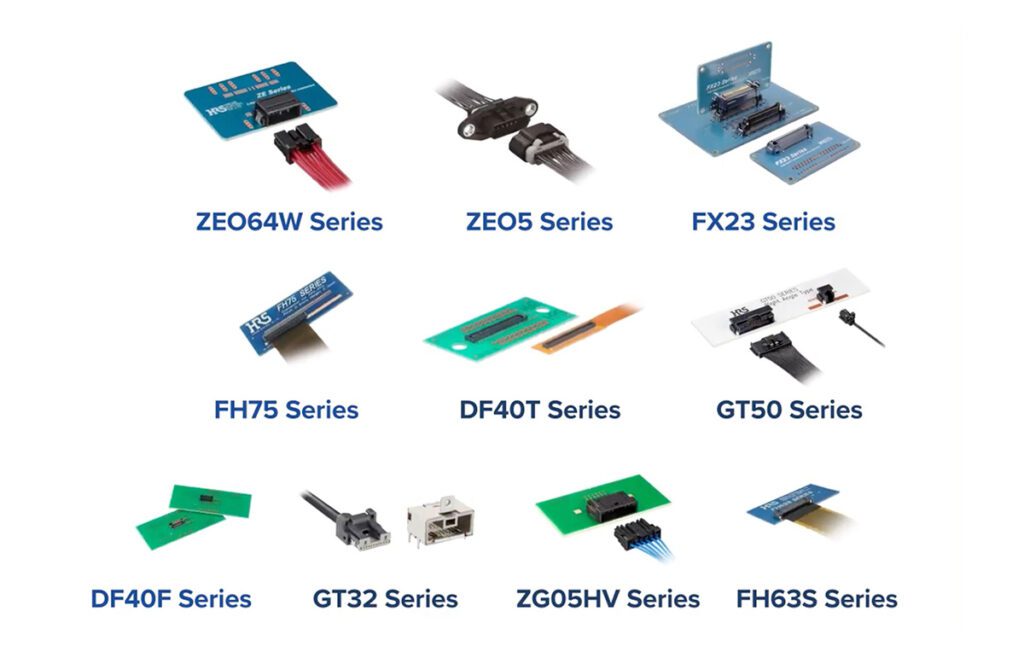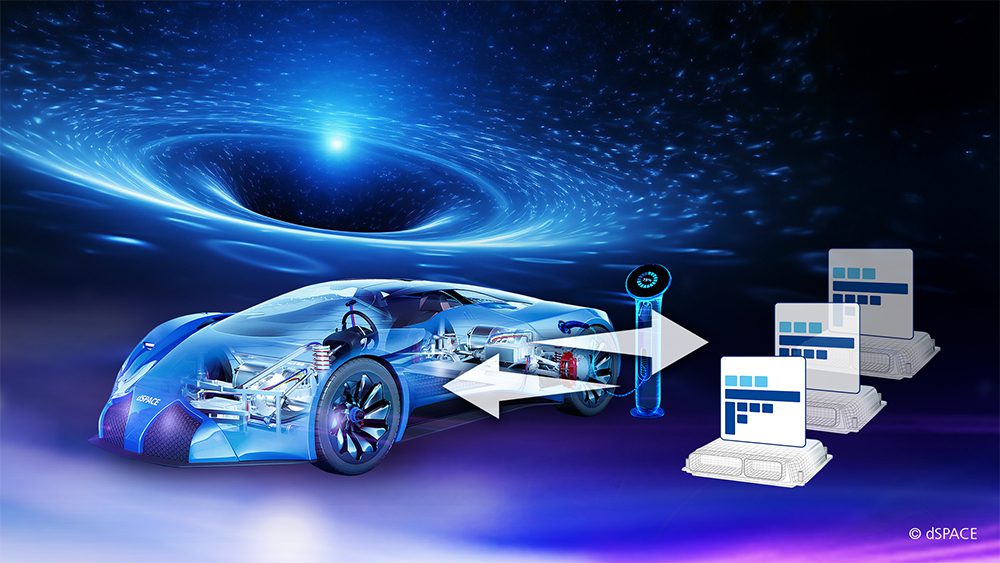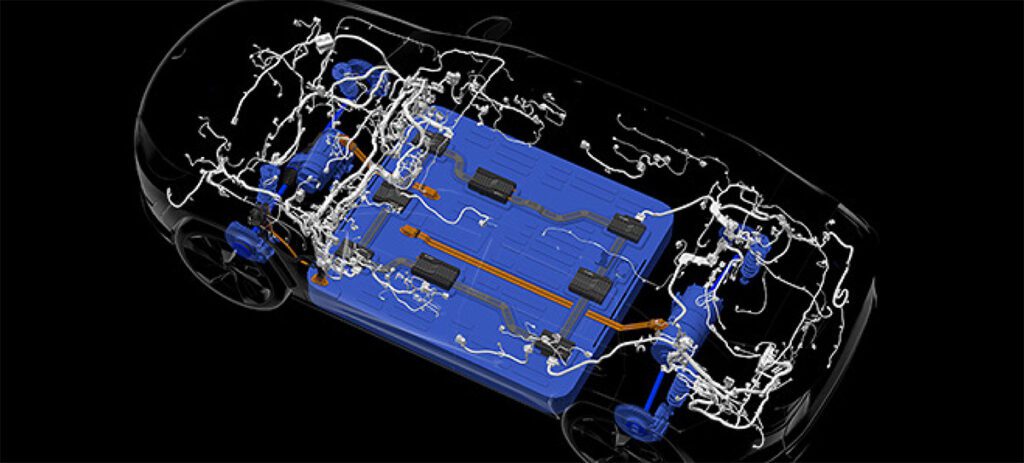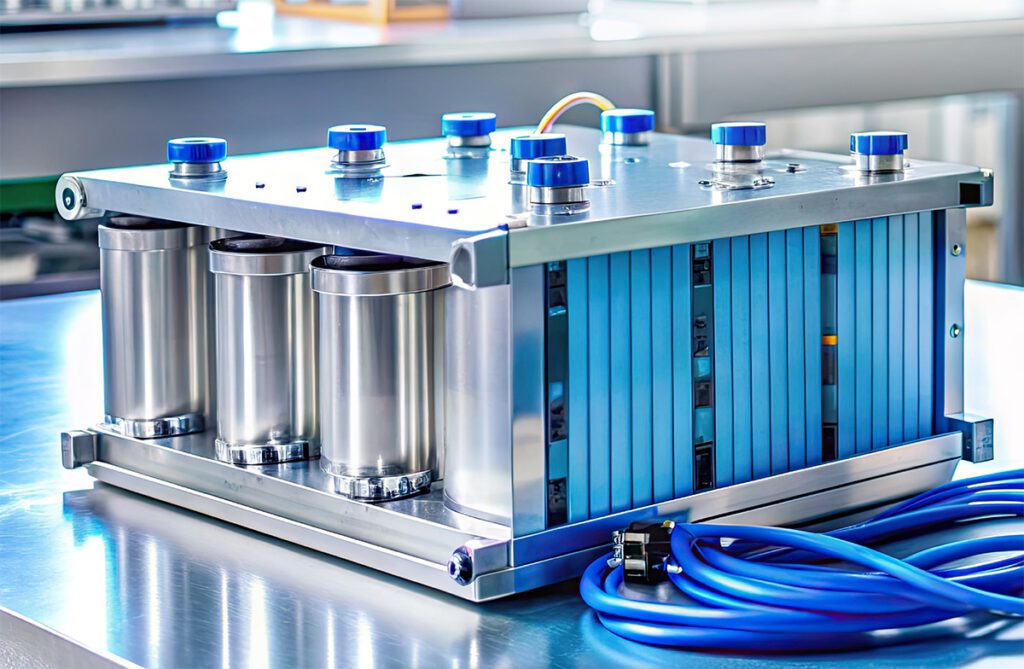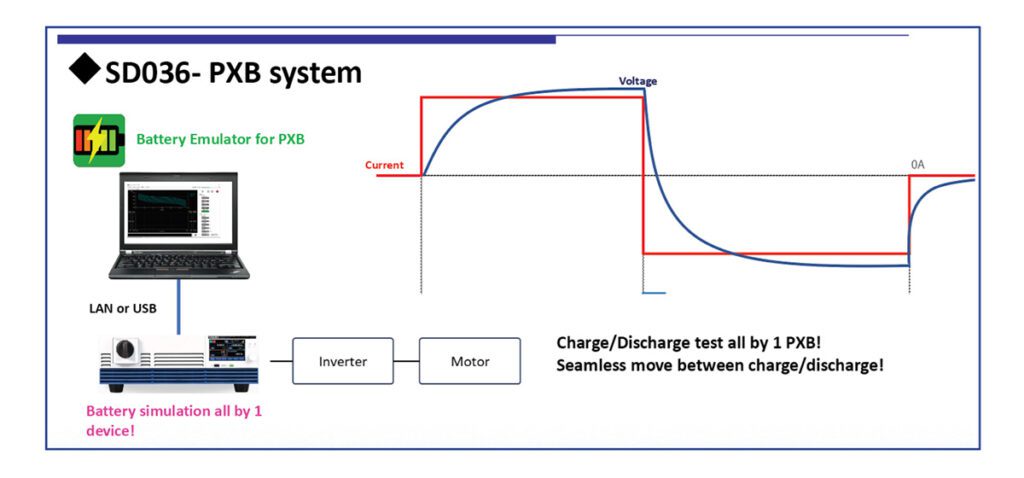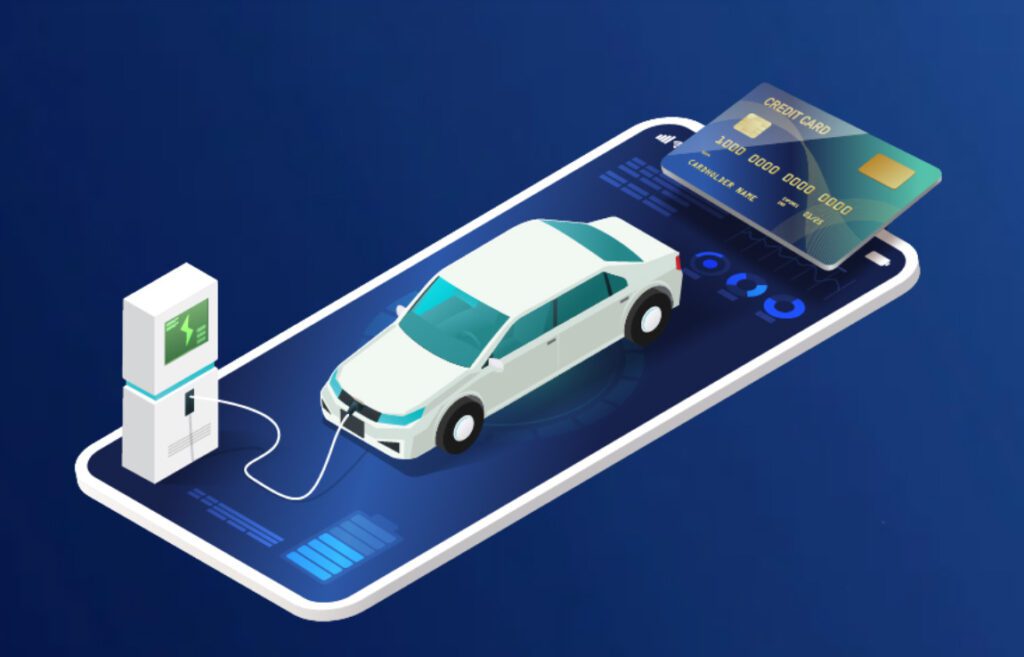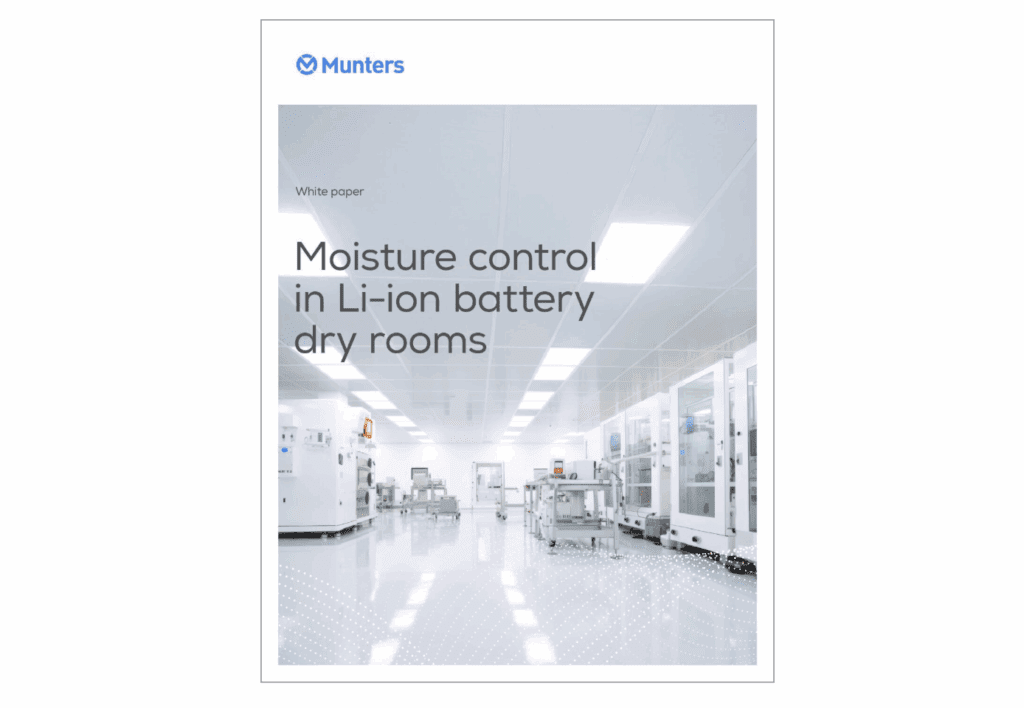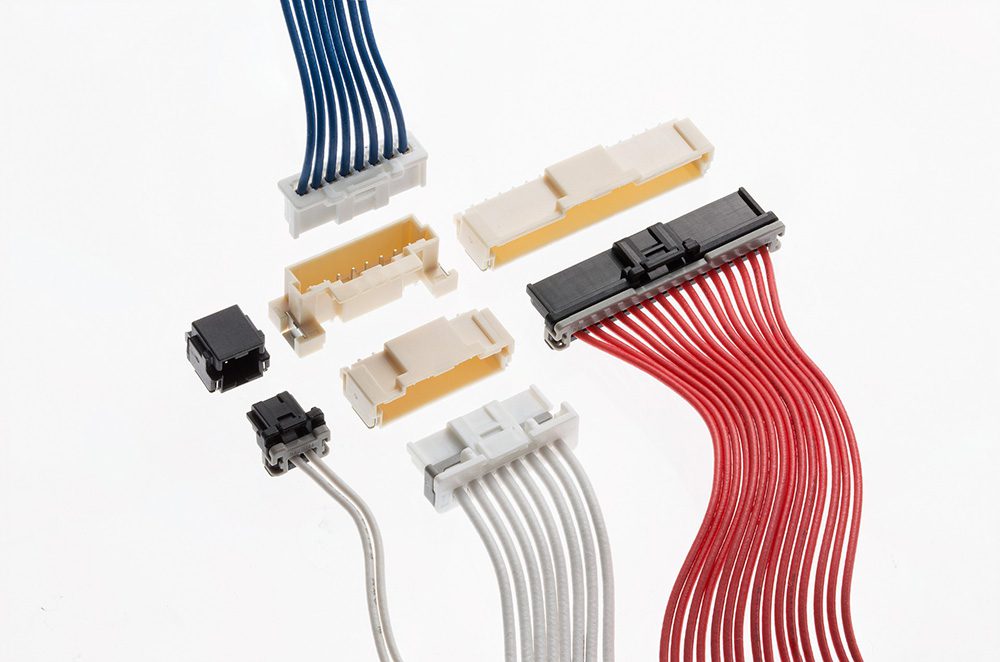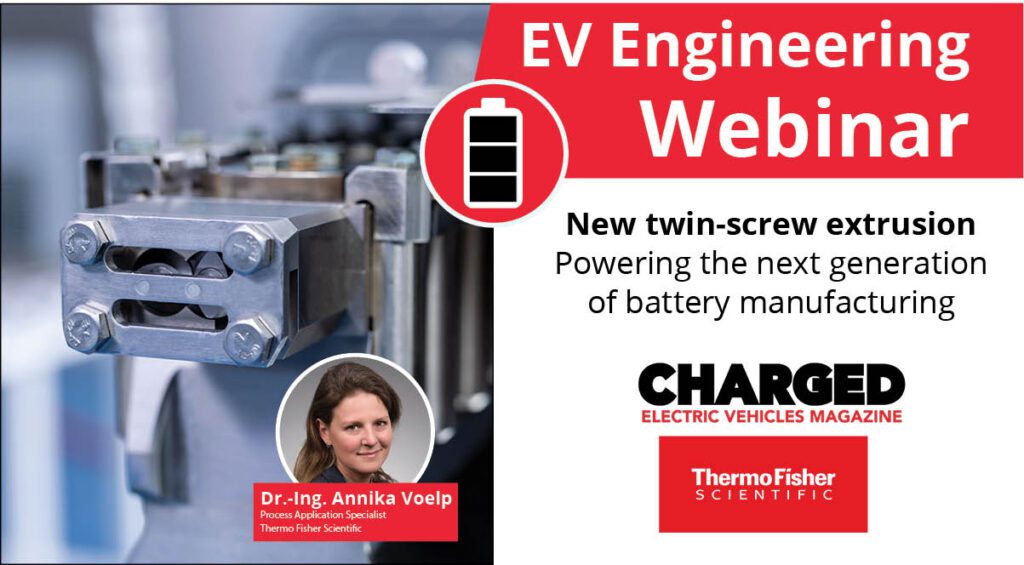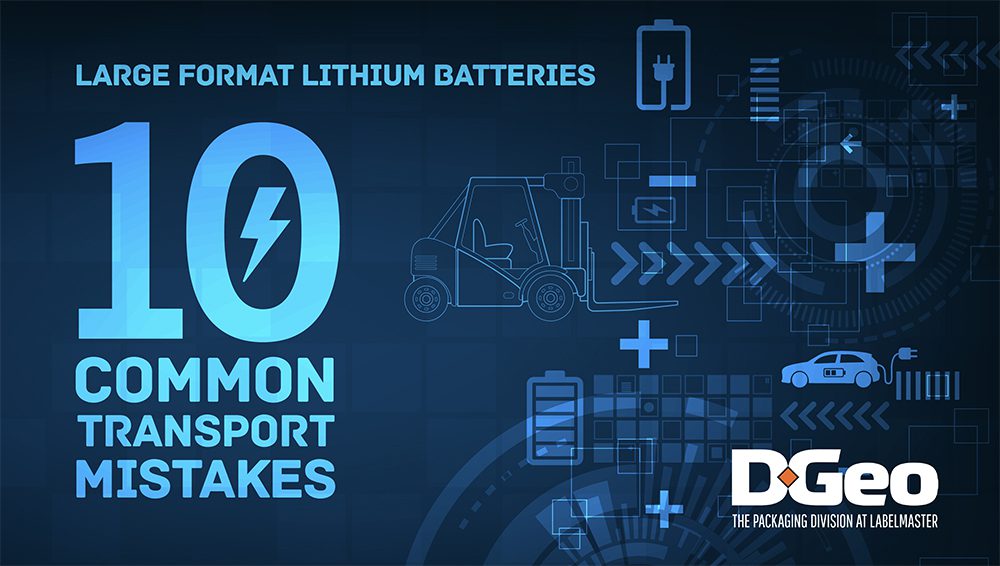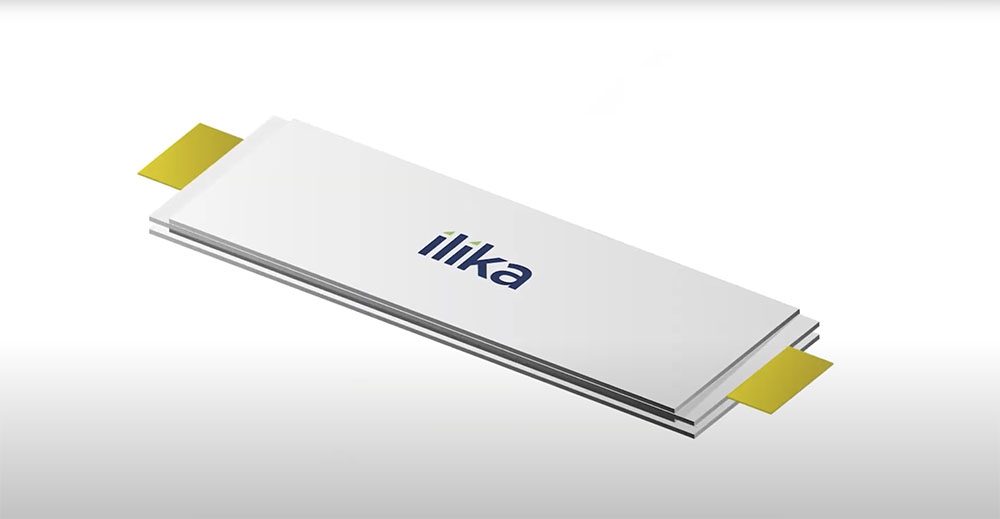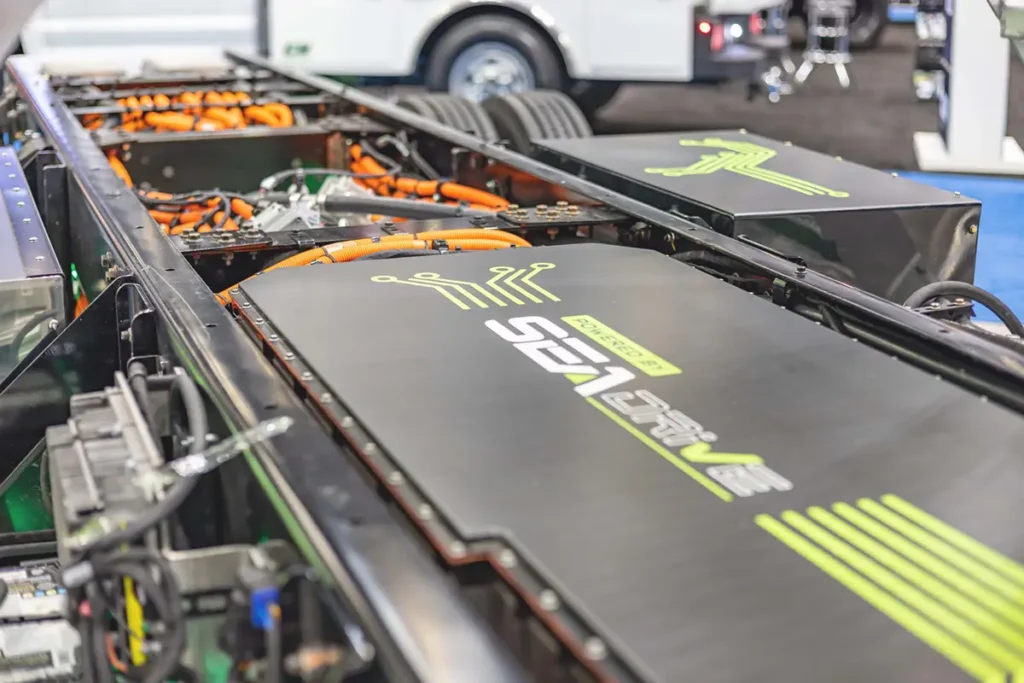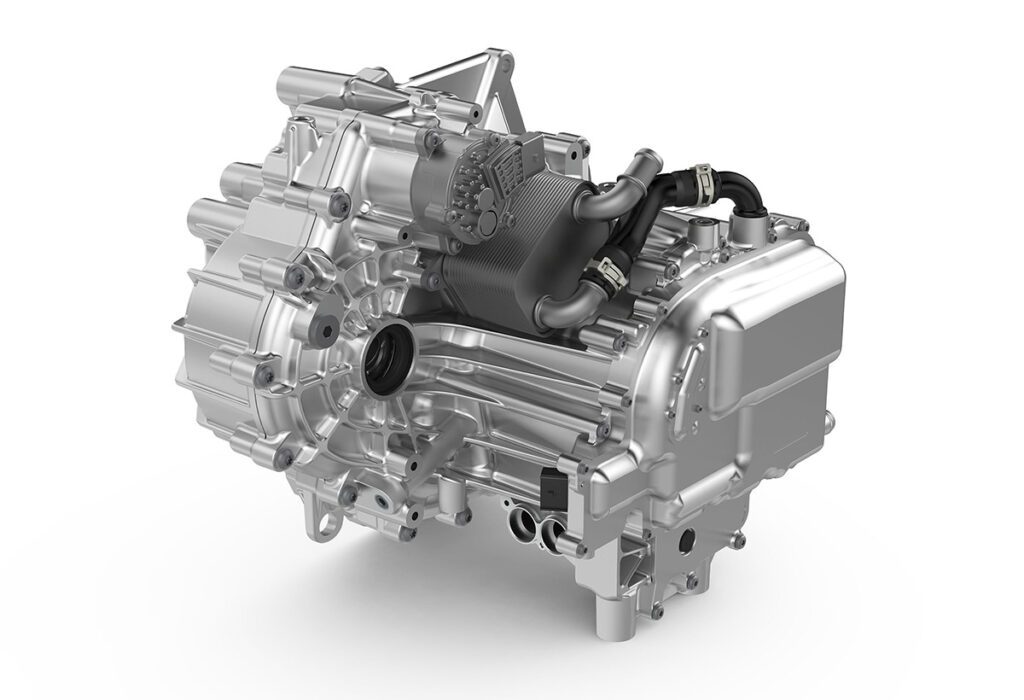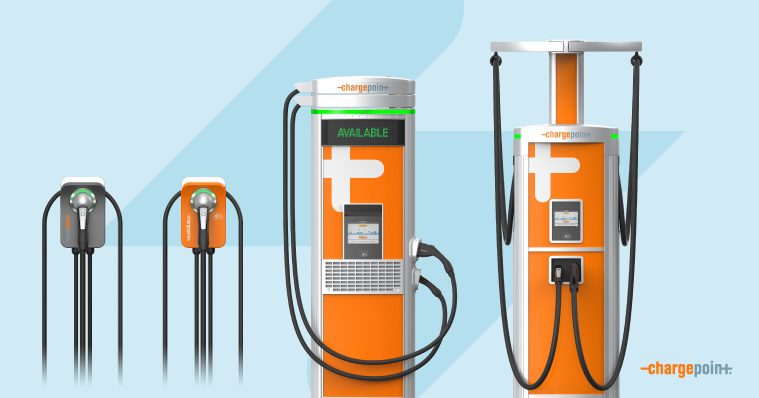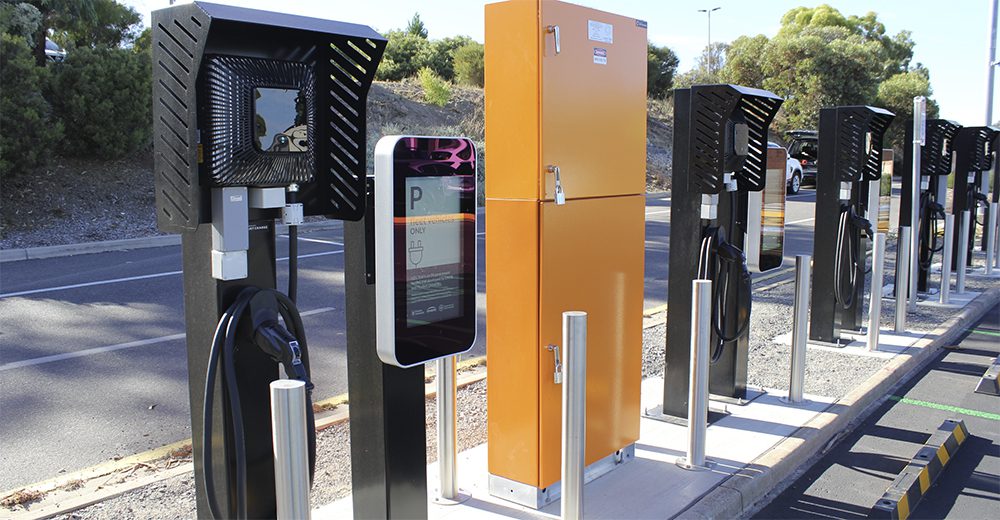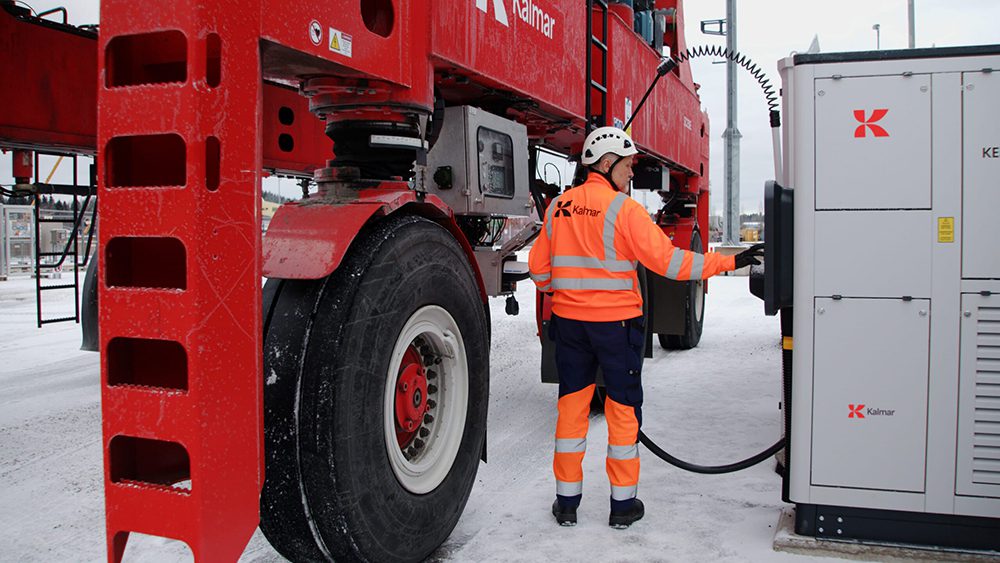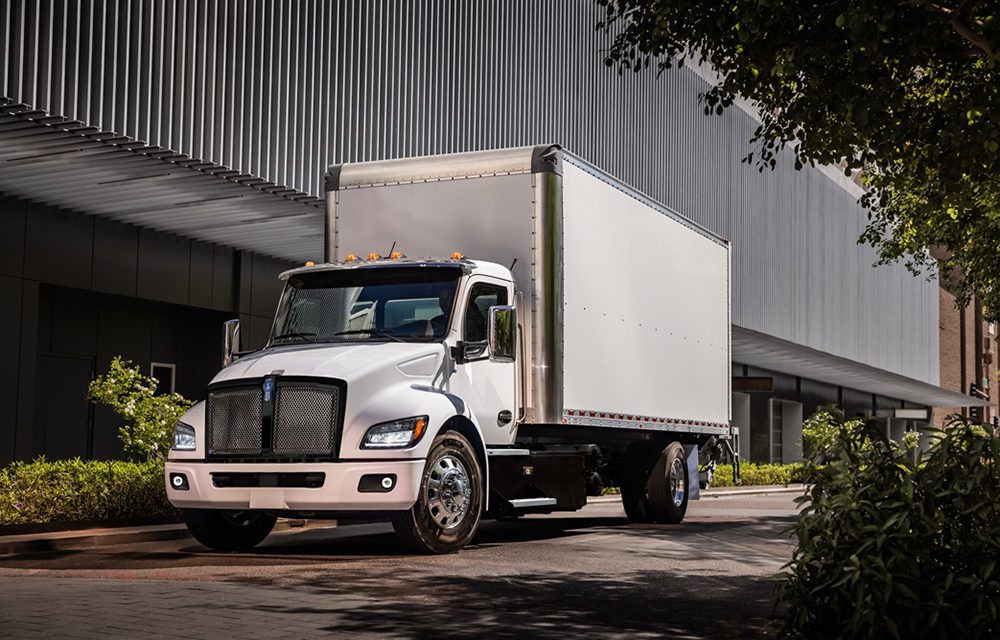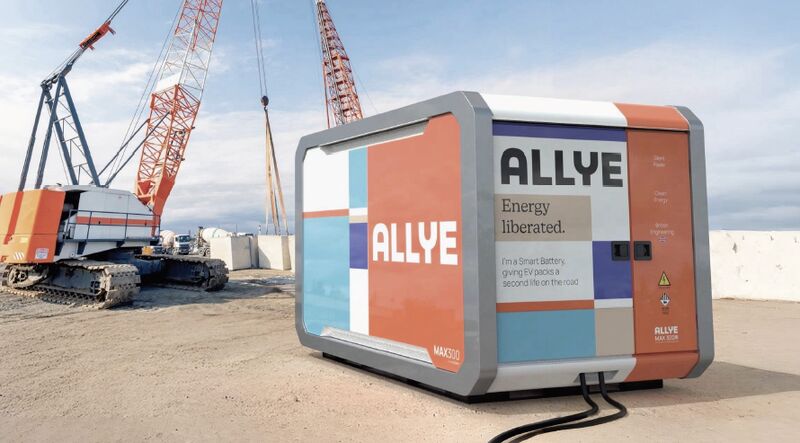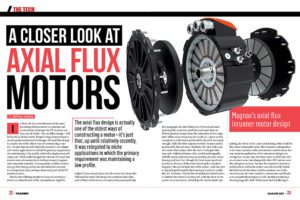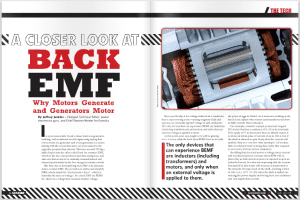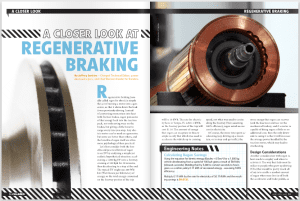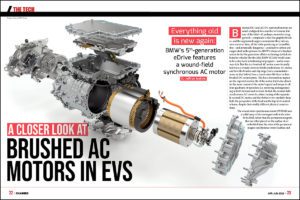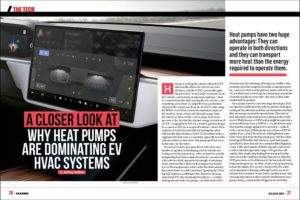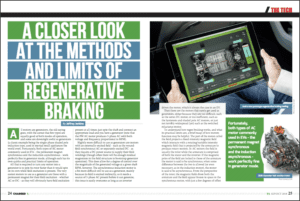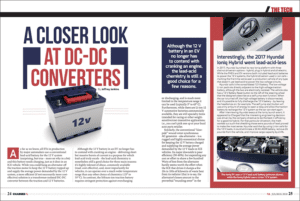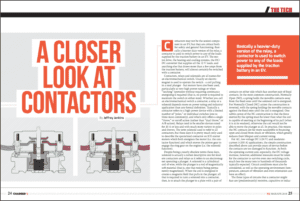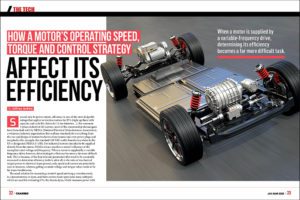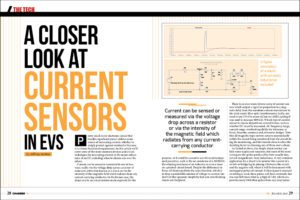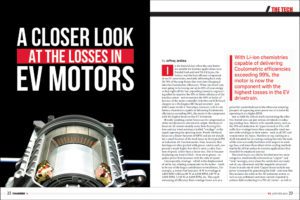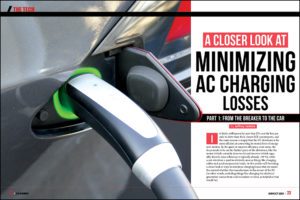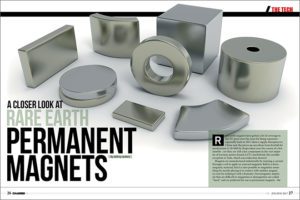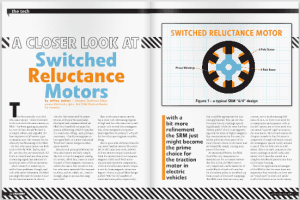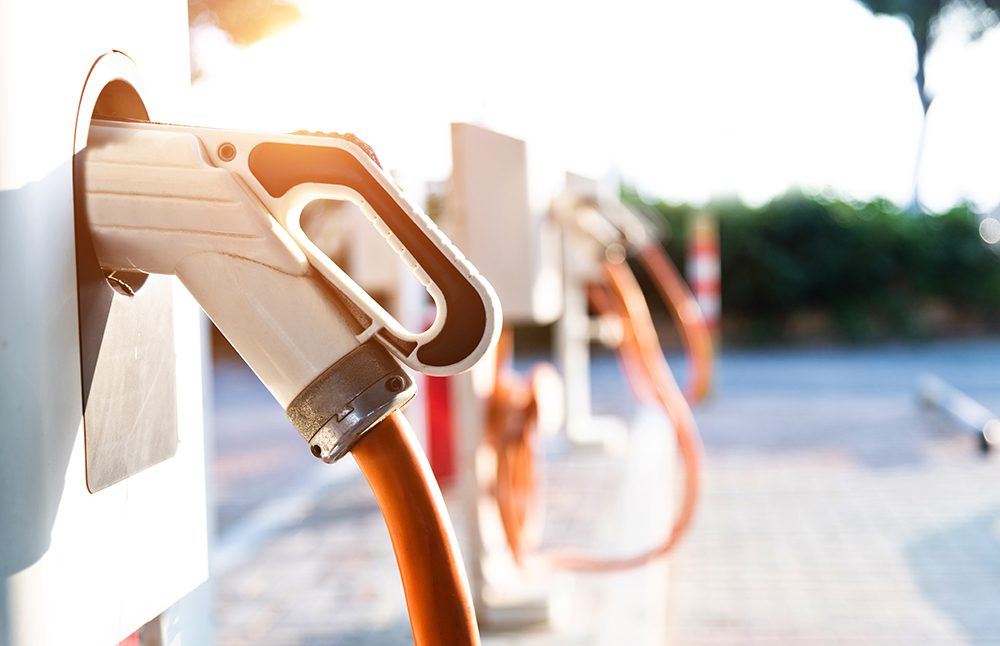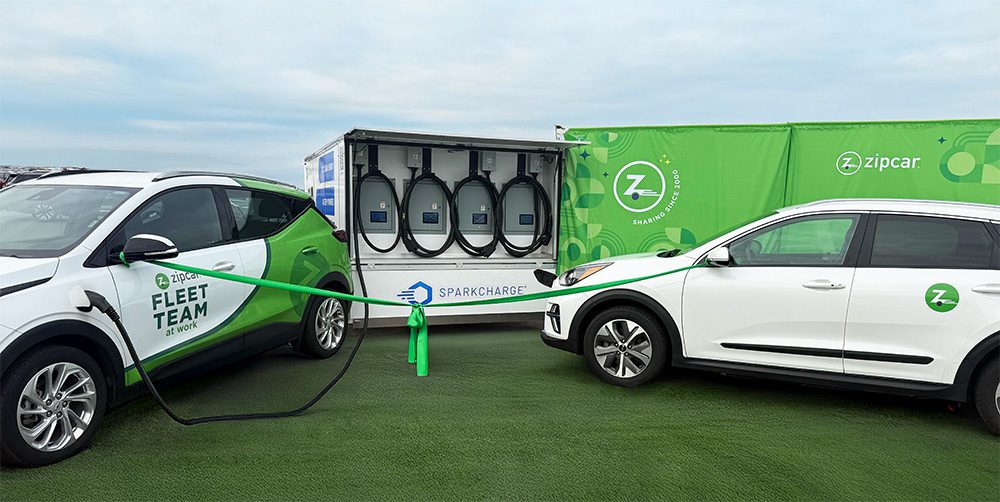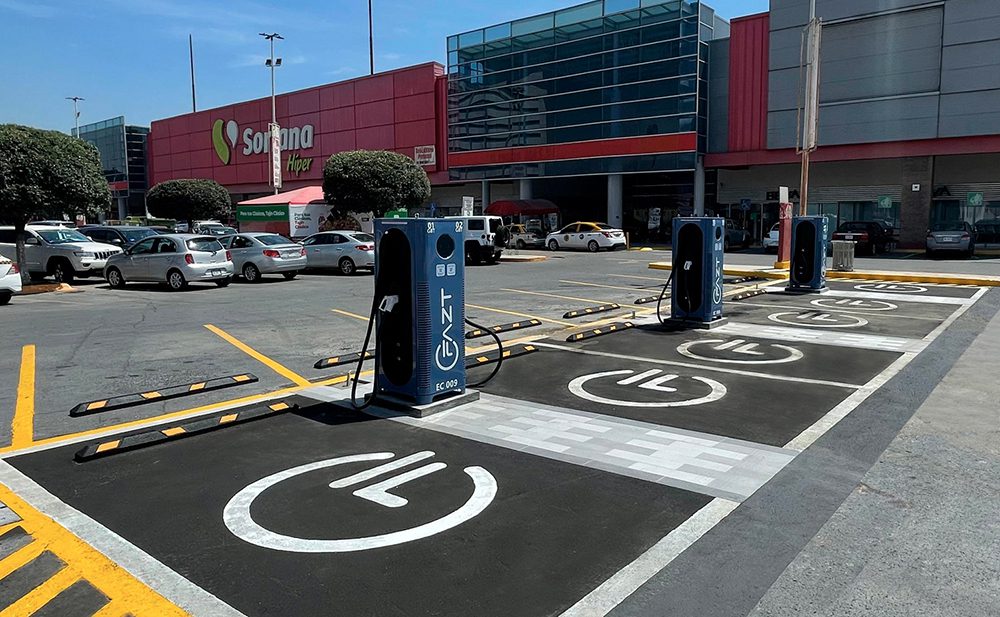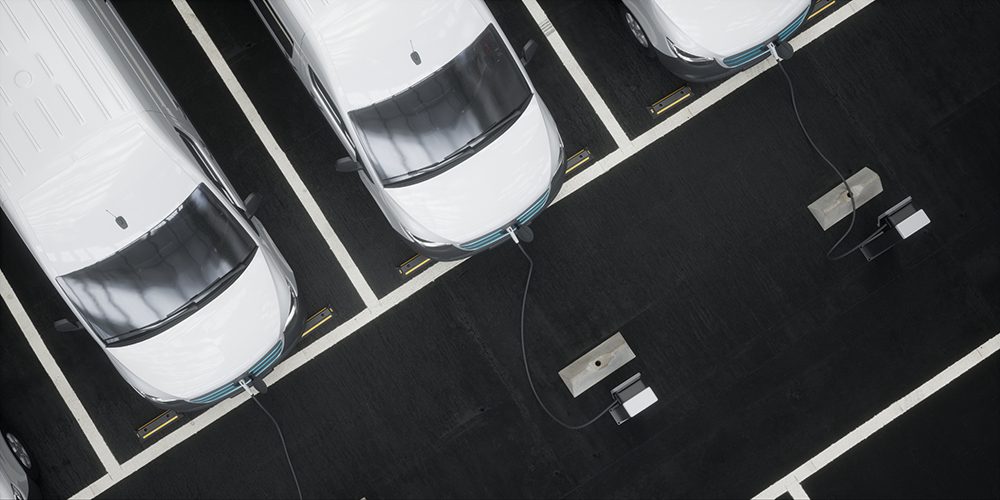According to researchers at the University of Warwick (UK), a new testing technique they have developed shows that commercially available lithium-ion batteries can safely be charged up to five times faster than currently recommended.
In a paper entitled “Understanding the limits of rapid charging using instrumented commercial 18650 high-energy Li-ion cells,” published in the journal Electrochimica Acta, the researchers explain that their test of internal temperature and electrode potentials works in situ during a battery’s normal operation and has no impact on performance. They claim that the new technology will enable advances in battery materials science, flexible battery charging rates, and thermal and electrical engineering of new battery materials and technology.
When a Li-ion battery becomes overheated, it risks severe damage or even catastrophic failure. Situations can arise in which the electrolyte breaks down to form gases that are both flammable and cause significant pressure build-up. Also, overcharging of the anode can lead to excessive lithium electroplating which forms metallic dendrites that can pierce the separator, causing an internal short circuit and subsequent catastrophic failure.
To prevent this sort of thing, manufacturers stipulate a maximum charging rate based on estimations of the maximum allowable temperature and potential levels. Until now, internal temperature testing of a battery has proved impractical, at least without significantly affecting the battery’s performance. Instead, manufacturers have had to rely on limited, external instrumentation. This method provides imprecise readings and leads manufacturers to assign very conservative limits on maximum charging speed.
However, the new test developed by the Warwick researchers “allows direct, highly precise internal temperature and per-electrode status monitoring.“ This is achieved by using in-situ battery sensing that “employs miniature reference electrodes and Fiber Bragg Gratings (FBG) threaded through a bespoke strain protection layer. An outer skin of fluorinated ethylene propylene (FEP) was applied over the fiber, adding chemical protection from the corrosive electrolyte. The result is a device that can have direct contact with all the key parts of the battery and withstand electrical, chemical, and mechanical stress inflicted during the batteries operation, while still enabling precise temperature and potential readings.”
“This could bring huge benefits to areas such as motor racing, which would gain obvious benefits from being able to push the performance limits, but it also creates massive opportunities for consumers and energy storage providers,” said lead researcher Dr. Tazdin Amietszajew. “Faster charging as always comes at the expense of overall battery life, but many consumers would welcome the ability to charge a vehicle battery quickly when short journey times are required and then to switch to standard charge periods at other times. This technology is ready to apply now to commercial batteries, but we would need to ensure that battery management systems on vehicles, and that the infrastructure being put in for electric vehicles, are able to accommodate variable charging rates that would include these new more precisely tuned profiles/limits.”
“This method gave us a novel instrumentation design for use on commercial 18650 cells that minimizes the adverse and previously unavoidable alterations to the cell geometry,” said researcher Dr. Rohit Bhagat. “The device included an in-situ reference electrode coupled with an optical fiber temperature sensor. We are confident that similar techniques can also be developed for use in pouch cells.”
Source: Warwick News & Events







